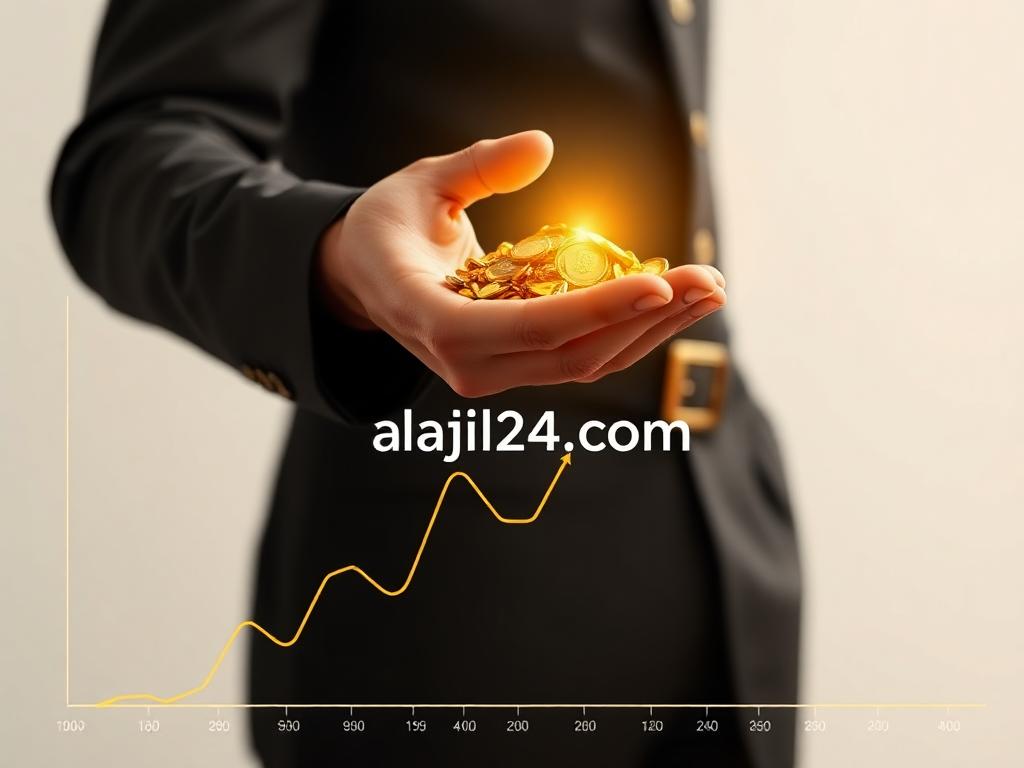Forex Trading A Comprehensive Guide to Navigating the Global Market
Introduction
Foreign exchange trading, commonly known as Forex or FX, is the world’s largest financial market, offering opportunities for traders to profit by exchanging one currency for another. With a daily trading volume exceeding $6 trillion, Forex has become a magnet for individual and institutional traders alike. This guide will delve into the intricacies of Forex trading, providing insights into how it works, strategies for success, and the risks involved.
What is Forex Trading?
Forex trading involves buying and selling currency pairs in an over-the-counter (OTC) market that operates 24 hours a day, five days a week. Unlike stock markets, Forex has no centralized exchange. Instead, trading occurs electronically through a network of banks, brokers, and financial institutions.
The goal of Forex trading is to profit from fluctuations in currency exchange rates. For example, if you believe the Euro (EUR) will strengthen against the US Dollar (USD), you might buy the EUR/USD pair. If the Euro appreciates, the value of the pair rises, and you can sell it for a profit.
The Key Players in Forex
- Central Banks: These institutions influence currency values through monetary policies, interest rate decisions, and economic interventions.
- Commercial Banks: Facilitators of large-scale currency transactions for multinational corporations and governments.
- Retail Traders: Individual traders who speculate on currency movements, often using online trading platforms.
- Hedge Funds and Investment Managers: These entities trade Forex as part of broader investment strategies.
Why Trade Forex?
- Liquidity: The immense volume of daily transactions ensures high liquidity, allowing for quick execution of trades.
- Leverage: Forex brokers often provide leverage, enabling traders to control large positions with a small amount of capital.
- Accessibility: The market operates 24/5, accommodating traders across various time zones.
- Diverse Opportunities: The global nature of Forex means there’s always a currency moving, offering ample trading opportunities.
Understanding Currency Pairs
Forex trading revolves around currency pairs, which are divided into three categories:
- Major Pairs: Include the most traded currencies, such as EUR/USD, USD/JPY, and GBP/USD.
- Minor Pairs: Do not include the US Dollar, such as EUR/GBP or AUD/NZD.
- Exotic Pairs: Combine a major currency with a currency from a developing economy, like USD/TRY.
Each pair has a base currency (first) and a quote currency (second). The exchange rate indicates how much of the quote currency is needed to purchase one unit of the base currency.
Forex Market Mechanics
- Bid and Ask Prices: The bid is the highest price a buyer is willing to pay, while the ask is the lowest price a seller will accept. The difference is known as the spread.
- Pips and Points: Forex prices are measured in pips, representing the smallest change in value for most currency pairs. For example, a move from 1.2500 to 1.2501 is a one-pip change.
- Lot Sizes: Standard lots consist of 100,000 units of the base currency, while mini and micro lots involve 10,000 and 1,000 units, respectively.
Developing a Forex Trading Strategy
To succeed in Forex trading, a well-defined strategy is essential. Here are some popular approaches:
- Technical Analysis: Involves studying price charts and indicators to identify patterns and trends. Tools like moving averages, RSI, and Fibonacci retracements are commonly used.
- Fundamental Analysis: Focuses on economic data, geopolitical events, and central bank policies to predict currency movements.
- Scalping: A short-term strategy that aims to profit from small price changes by executing multiple trades within a day.
- Swing Trading: A medium-term approach that seeks to capture price swings over several days or weeks.
- Position Trading: A long-term strategy based on fundamental analysis and macroeconomic trends.
Risk Management in Forex
Forex trading carries significant risks, and managing them is crucial for long-term success. Key risk management techniques include:
- Setting Stop-Loss Orders: Automatically close a trade when it reaches a predetermined loss level.
- Position Sizing: Determine the appropriate trade size based on your account balance and risk tolerance.
- Diversification: Avoid overexposure to a single currency pair or market.
- Emotional Discipline: Stick to your trading plan and avoid impulsive decisions driven by fear or greed.
Choosing the Right Forex Broker
A reliable broker can make a significant difference in your trading experience. Consider the following factors when selecting a broker:
- Regulation: Ensure the broker is licensed and regulated by reputable financial authorities.
- Trading Platform: Look for a user-friendly platform with robust charting tools and real-time data.
- Spreads and Fees: Compare spreads, commissions, and other costs to find a cost-effective option.
- Customer Support: Responsive and knowledgeable support can help resolve issues quickly.
The Role of Automation in Forex
Automated trading systems, or Expert Advisors (EAs), are popular among Forex traders. These programs execute trades based on pre-defined rules, eliminating human emotion from the equation. While automation can enhance efficiency, it’s essential to monitor systems regularly to ensure they align with current market conditions.
Forex Trading Psychology
Success in Forex requires more than just technical skills; it demands mental resilience and discipline. Common psychological pitfalls include:
- Overtrading: Excessive trading driven by the desire to recover losses.
- Fear of Missing Out (FOMO): Entering trades impulsively due to fear of losing potential profits.
- Greed: Holding onto trades too long in pursuit of unrealistic gains.
Adopting a disciplined mindset and sticking to a well-structured trading plan can mitigate these challenges.
Regulations and Tax Implications
Forex trading is subject to regulations that vary by country. Familiarize yourself with the rules in your jurisdiction, including tax obligations. For instance, in the US, Forex traders must report their earnings to the IRS, with gains taxed as ordinary income or capital gains.
Conclusion
Forex trading offers unparalleled opportunities for financial growth but requires a deep understanding of the market, disciplined risk management, and a robust trading strategy. As you embark on your Forex journey, stay informed, practice on demo accounts, and continually refine your skills. Remember, success in Forex is not about luck; it’s about preparation, persistence, and a commitment to learning.
Advanced Forex Trading Techniques
As traders become more experienced, they often explore advanced strategies and techniques to maximize profits and minimize risks. Here are some methods that seasoned Forex traders employ:
1. Carry Trading
Carry trading involves borrowing funds in a currency with a low interest rate to invest in a currency with a higher rate. The goal is to profit from the difference in interest rates, known as the “carry.” This strategy is best suited for traders with larger capital who are willing to hold positions for extended periods.
2. Hedging in Forex
Hedging is a risk management strategy where traders open positions in opposite directions to protect against unfavorable market movements. For instance, if a trader is long on EUR/USD, they might simultaneously open a short position in a related pair, such as USD/CHF, to offset potential losses.
3. Using Correlations Between Pairs
Currency pairs often exhibit correlations based on economic ties between their countries. For example, the AUD/USD and NZD/USD pairs typically move in tandem due to the close trade relationships between Australia and New Zealand. Understanding correlations helps traders diversify their portfolios while maintaining a strategic edge.
4. Trading News Events
Economic news and geopolitical developments can cause significant volatility in the Forex market. Advanced traders monitor economic calendars for key events such as central bank meetings, employment reports, and GDP releases. While news trading offers high profit potential, it also carries increased risk due to unpredictable price swings.
The Importance of Continuous Learning
Forex trading is a dynamic field that requires traders to stay updated with market trends and economic changes. Continuous education is essential, whether through reading books, attending webinars, or analyzing expert market commentary. Popular resources include:
- Websites: Trusted financial websites like Bloomberg and Investing.com provide real-time updates.
- Trading Forums: Communities like ForexFactory allow traders to share insights and strategies.
- Courses: Online platforms such as Udemy and Coursera offer comprehensive Forex trading courses.
Tools Every Forex Trader Needs
Successful Forex trading relies on using the right tools. Below are some essential tools to enhance trading efficiency:
- Economic Calendar: Tracks major economic events and their potential market impacts.
- Forex Calculators: Tools for calculating pip value, margin requirements, and position sizes.
- Trading Journals: Helps traders document their trades, analyze outcomes, and identify areas for improvement.
- Trading Software: Platforms like MetaTrader 4 (MT4) or MetaTrader 5 (MT5) provide robust analysis and automated trading capabilities.




